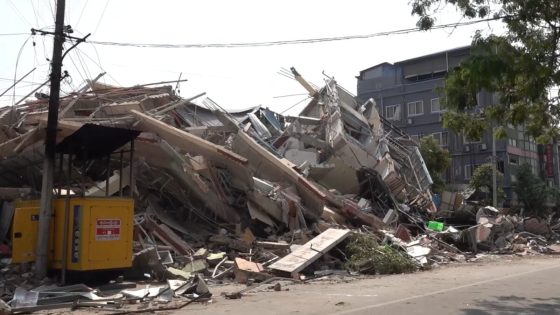On March 28, Myanmar experienced a devastating 7.8 magnitude earthquake, leading to over 5,000 fatalities and widespread destruction. This seismic event has drawn significant scientific attention, particularly due to its unique rupture characteristics.
- Myanmar earthquake magnitude: 7.8
- Supershear rupture speeds: 3.1 to 3.7 miles/second
- Sagaing Fault's strike-slip movement observed
- Rupture length: 298.3 miles (480 km)
- Supershear velocity linked to widespread damage
- Earthquake early-warning systems provide crucial alerts
A recent study published on July 10 in The Seismic Record highlights that the southern part of the earthquake’s rupture occurred at supershear velocities, reaching speeds of 3.1 to 3.7 miles per second. This phenomenon likely contributed to the earthquake’s catastrophic impact.
The implications of this earthquake raise important questions about fault behavior and seismic risk. Understanding the mechanics of such high-velocity ruptures could lead to better predictive models and preparedness strategies. Key points include:
- Supershear ruptures can cause more extensive damage than typical seismic events.
- The Sagaing Fault had been quiet since 1912, highlighting the unpredictability of seismic activity.
- Earthquake early-warning systems are crucial for minimizing loss of life.
As research continues, the focus on understanding earthquake mechanics will be vital for future preparedness and response strategies. How can we leverage technology to better predict and mitigate such disasters?
































